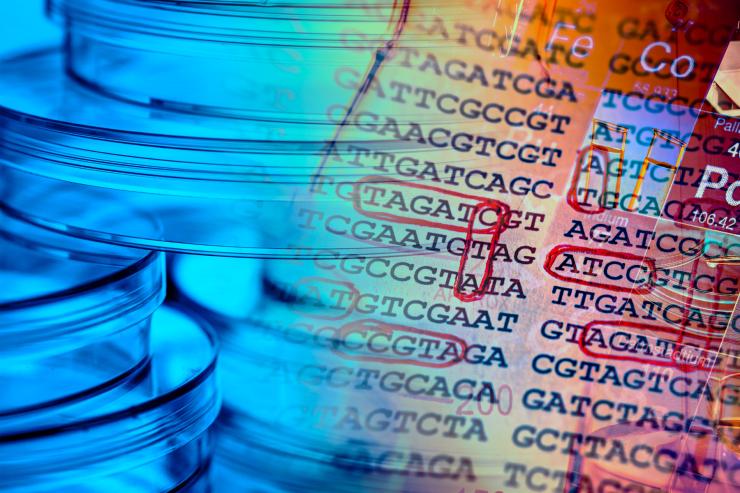REACH Genotoxicity Strategies in Question...
Is the Ames Test Enough for Low Tonnage Chemicals?
Whilst the Ames test is the legal minimum requirement to fulfil the Annex VII, it is evident that it is not enough to sufficiently classify chemicals without the risk of reclassification at higher annexes. By adopting smarter testing strategies, companies can strengthen their regulatory position, reduce uncertainty, and maintain market confidence. Blue Frog Scientific stands ready to guide you through this process – helping you turn compliance challenges into strategic advantages.
Does the Ames Test Alone Risk Undetected Mutagenicity?
A recent study by Hjorth and colleagues (2026, Regulatory Toxicology and Pharmacology) challenges a keystone of current REACH requirements for mutagenicity: reliance on the bacterial reverse-mutation test (Ames test) as the sole mutagenicity requirement for low-tonnage substances.
Under both EU and UK REACH, registration at the lowest registration tier (Annex VII, 1-10 tonnes per annum) requires only the Ames test (OECD TG 471) for mutagenicity. If the Ames result is negative, no further testing is mandated until the registered tonnage increases. On paper, this appears straightforward and cost-efficient. However, Hjorth et. al. argue that this approach risks missing a significant proportion of potential mutagens.
By comparing the Danish EPA’s ‘advisory self-classifications’, produced by structural alerts and (Q)SAR-based classifications, with actual Ames results, the group claim that many substances flagged for mutagenicity would never be detected using the Ames test alone. The authors recommend that the in vitro micronucleus (MN) test (OECD TG 487) should be added alongside the Ames test at Annex VII. This additional step would strengthen detection of clastogens and aneugens, and bring REACH more into line with EFSA’s well-established “in vitro first” testing approach.
Future Proof Dossiers - A More Proactive Testing Approach
For registrants, the practical implications are clear. An Ames-only dataset with a negative outcome satisfies the legal minimum requirement. However, the authors argue that conducting an in vitro MN test alongside this at Annex VII should significantly reduce the risk of undetected mutagenicity, and if negative, should provide a stronger scientific foundation for a “no classification” decision.
The study also highlights the importance of selecting appropriate follow-up tests when in vitro results are positive. It observes that often, in vivo tests are undertaken without confirming exposure to bone marrow or target tissues, leaving regulators to consider the data inconclusive.
Align Testing Strategy with Commercial Strategy
An incomplete or inconclusive genotoxicity package today can lead to safety risks and further costly testing or classifications tomorrow. For a substance originally registered Annex VII with only an Ames test, if a later tonnage band increase and the associated additional testing reveals a positive outcome, there is a risk that an unexpected requirement to classify may be revealed. In turn, this triggers urgent safety data sheet updates, label changes, and supply chain notifications. Proactive testing now could prevent commercial disruption later.
At Blue Frog Scientific, we help clients build robust, future proof, testing strategies that go beyond minimal compliance for both EU and UK REACH. Our approach delivers one genotoxicity package that can be used in both jurisdictions, with only minor administrative adjustments at the REACH registration submission stage.



